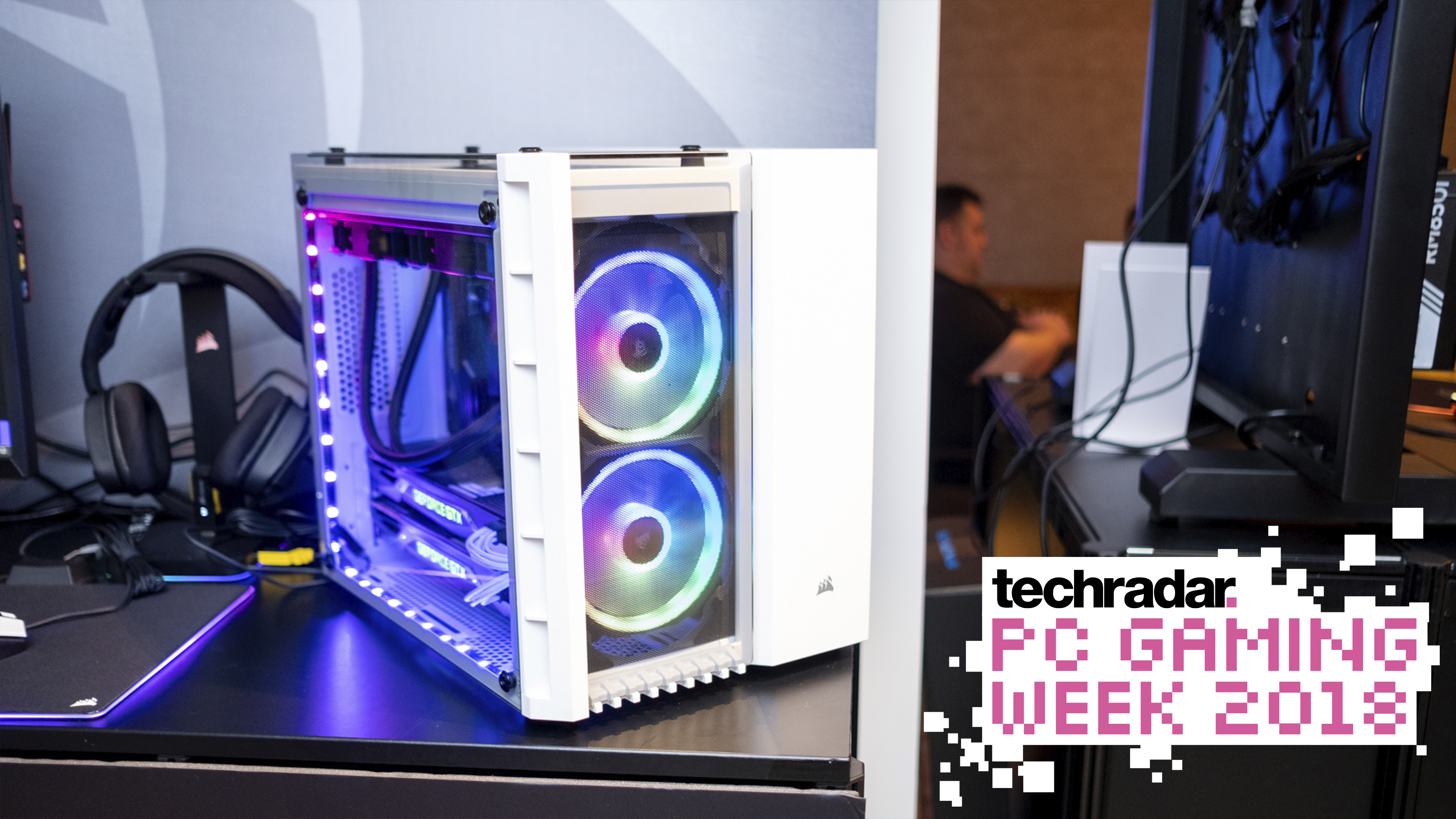
PC cooling mythbusting
PC cooling: there’s a right way and a wrong way. But, no matter who you ask, someone is bound to tell you something different. Whether its positive pressure versus negative pressure or air cooling versus liquid cooling, there are all too many PC cooling debates out there.
Luckily, we got a chance to speak with Corsair’s Aaron Neal, Manager of Worldwide Product Marketing for DIY Components and Annie Jankowski, Product Manager of Cooling, to help us settle some of the longest disputes about PC cooling.
- TechRadar's fourth annual PC Gaming Week is officially here, celebrating our passion with in-depth and exclusive coverage of PC gaming from every angle. Visit our PC Gaming Week 2018 page to see all of the coverage in one place.
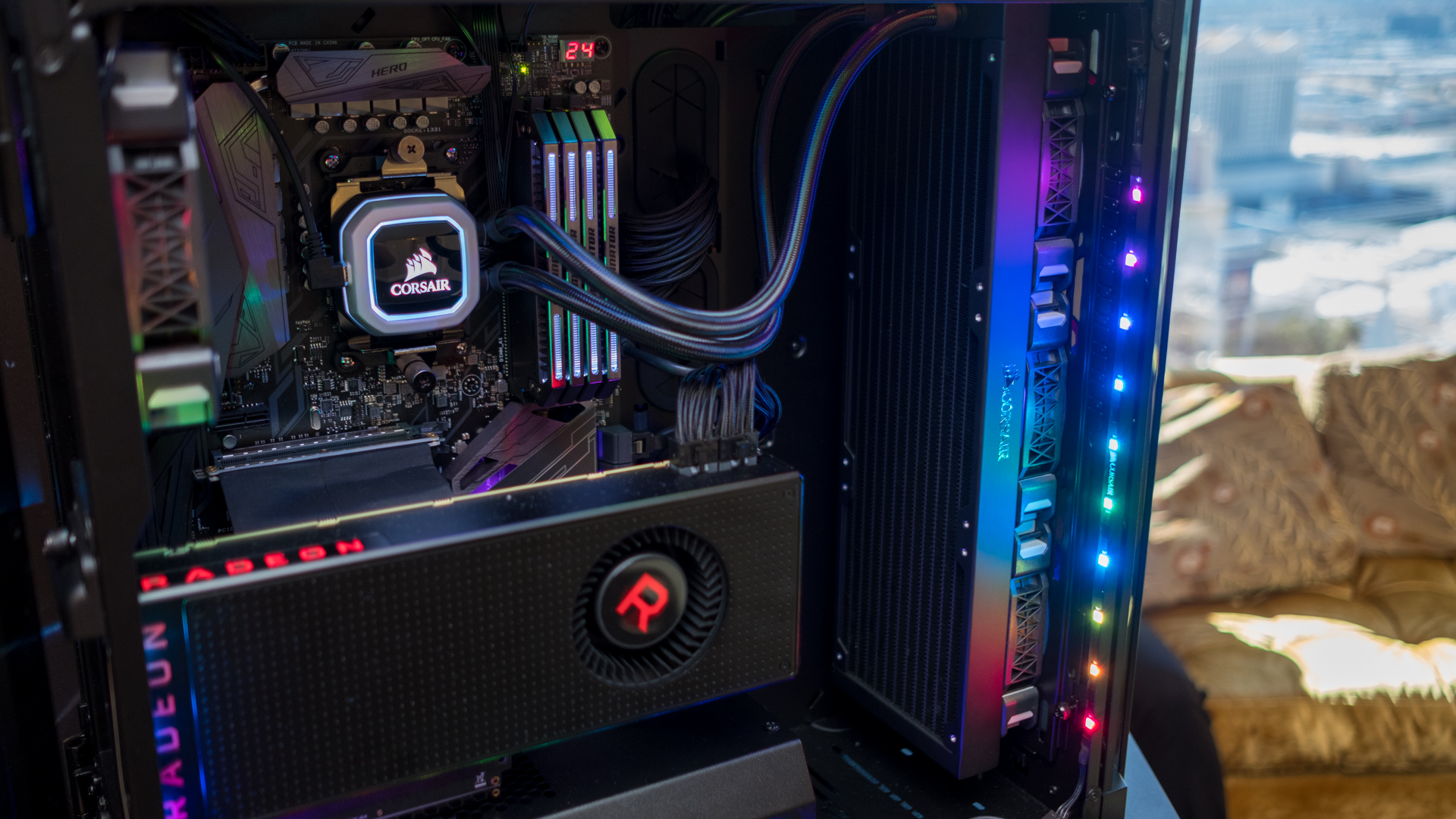
Positive pressure vs negative pressure
TR: Positive pressure or negative pressure, what's better?
Jankowski: Well, neutral pressure is the best. You want the same air flow coming in as you want going out with the same number of fans pulling and pushing air. You also want to match the CFM – that's the air flow rate – of the intake fans to the outtakes. So, if you just use the same three fans, that would do the job there.
TR: But, isn’t it true that positive pressure can reduce dust from entering your chassis?
Jankowski: Some of the assumptions out there aren't necessarily true. So, with positive pressure or negative pressure, as long as you have your dust filters in front of your intake fans, I think you'll be OK.
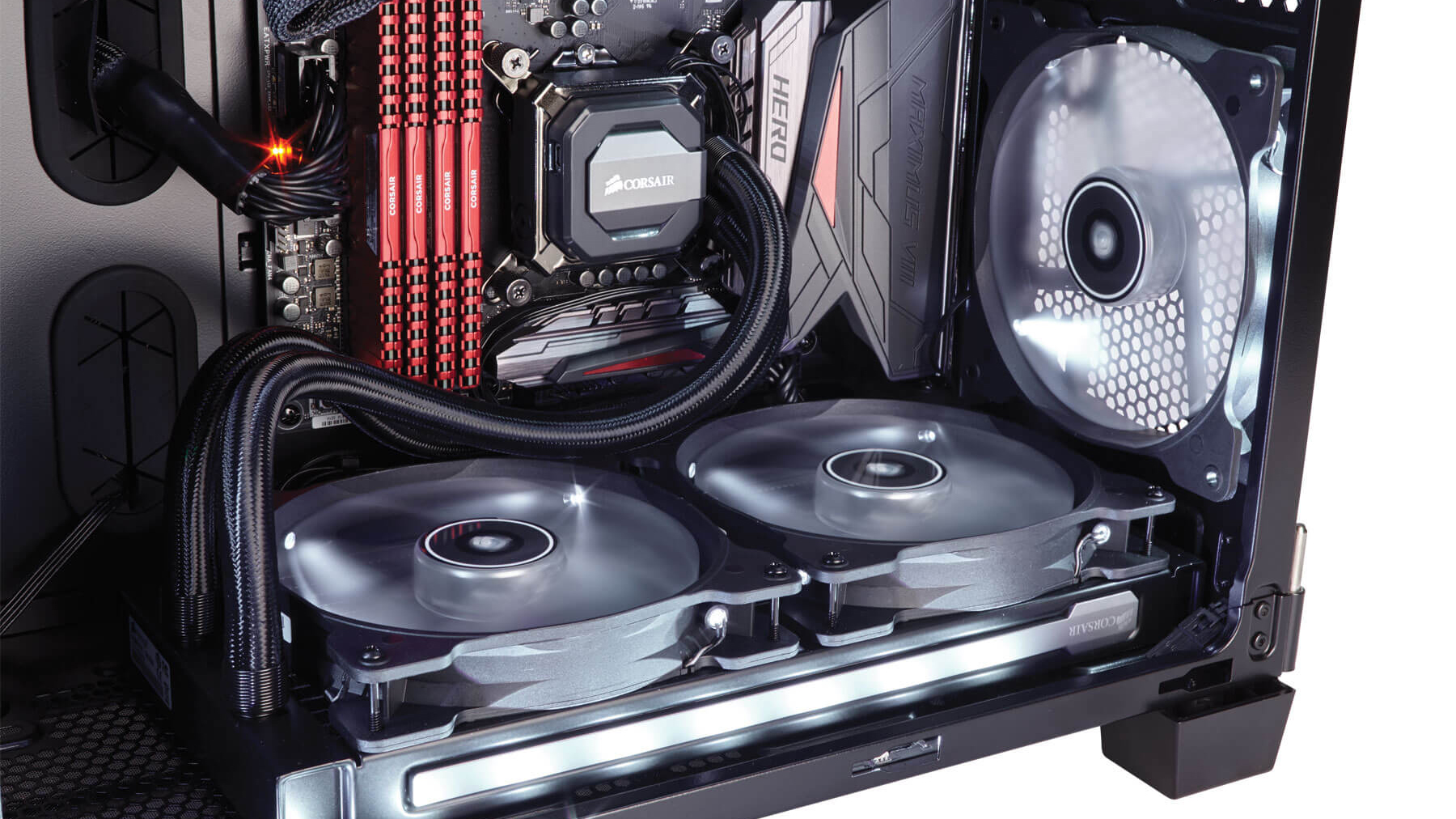
Natural convection
TR: What do you think about PC cases setup with 90-degree oriented motherboards so that they push heat through the top of the case?
Neal: So, if you were in a completely devoid space of any other air flow, yes, natural convection works. Heat rises, that's a known scientific fact. As soon as you start putting forced cooling into that environment, natural convection is vastly overpowered by a single fan.
Jankowski: Basically, if you have any configuration, 90-degrees or whatever, where you're pulling the cold air from the top or the bottom or whatever, the fan is going to do way more than natural convection anyway, so even if you have it going opposite of what convection would be it would make such a little difference.
Neal: We had the 600C and the 600Q, with a fully inverted motherboard and your configuration just changes the temp. The GPU temperatures would drop significantly in that configuration, but that's largely not due to the fact that it's rotated, it's the fact that the vapor chamber on that GPU is now working in a more thermally efficient manner than it was when it was rotated the other way.
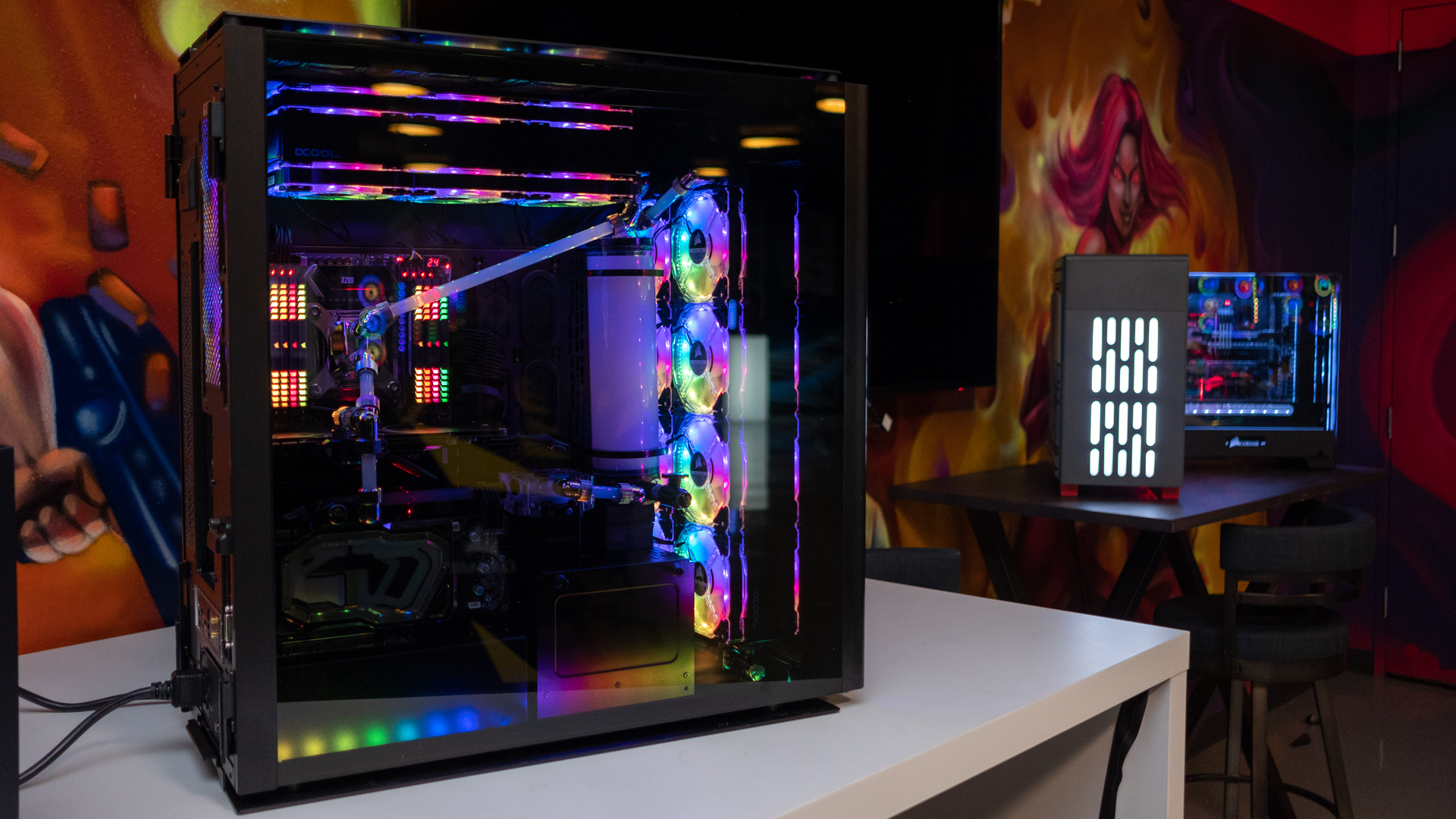
Push and pull?
TR: Push-pull system, are they worth it?
Jankowski: Yeah, buy more fans, man! *laughs* I mean, yeah, you’ll have better cooling with push-pull than with just push or pull. You should push if you can, if you have to choose one.
TR: Don’t push-pull systems create an air flow dead zone in between the middle of the radiator?
Neal: There's always a dead zone. So, the problem is you have the center of the fan. There's always a dead zone there. This is every on the market – unless you go with the old Delta fans. They actually reversed part of the fan section that took the air and basically turned it another way and forced it to go in a single direction. Instead of exiting the tip blade and going out the side but you still had the hub in the center.
Then you also had a company, back in the day, who did tip magnetic drive that moved the motors into the corners, and so it had a very small hub in the center, which worked, but that fan was then four times as expensive because it had four motors instead of one in the center.
So, you get down to the point where you can get the center section as small as possible, but there's a little bit of a dead zone. There's always going to be that dead zone coming off the fan motor into the radiator.

Front mounted liquid-coolers?
TR: Is it a good or bad idea to put your liquid-cooler in front and put intake fans in front of it?
Neal: You just have to make the choice. So, in that situation, if you take the CPU all-in-one liquid-cooler and put it on the front of the chassis, you're going to warm up everything else in there – the motherboard, DRAM, GPU.
Now, if you take that and put it as an exhaust? You're going to raise your CPU temps because it’s the hot air from the chassis that's being exhausted out is going to effect that. So it's just, which one do you want?
Modern day CPUs, probably on an Intel Core i7-8700K, is a bad idea because you can throttle that pretty hard pretty quickly, whereas the GPU really isn't probably going to do that, for the most part. But, it's a personal preference. Which one do you want?
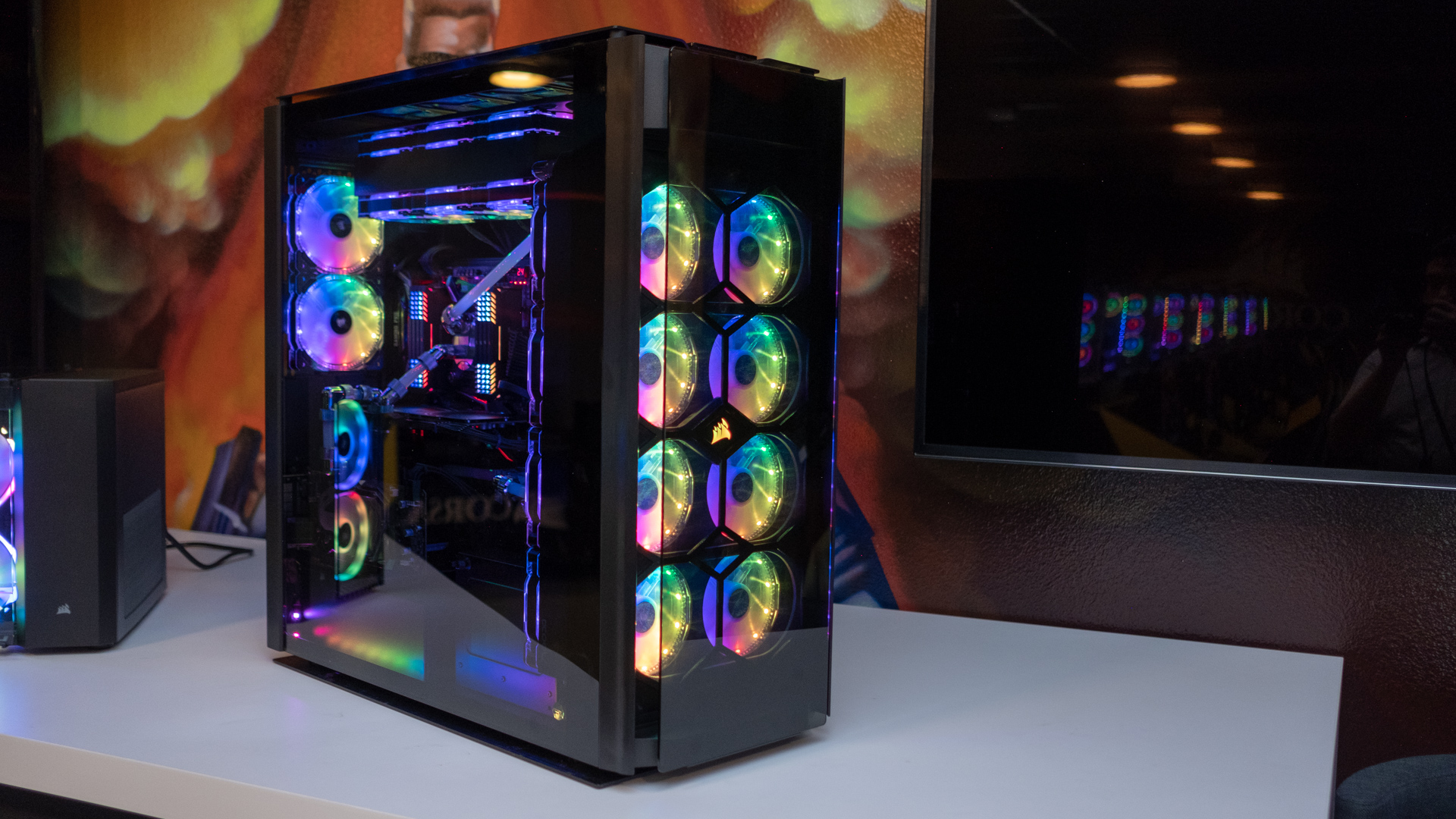
How many fans is too many
TR: Is there a limit to how many fans will help cool a PC?
Jankowski: I don't think there's a hard number, I think there's probably a number where there's the gains are not worth the cost.
There’s a point of diminishing returns that totally depends on what case you're using. Like, 1000D? Throw more than 15 fans in there and you're probably doing great. But, I mean, in a smaller case? It's how much space you have.
Neal: The majority of the time, if you're doing push-pull, the whole point isn't necessarily to get better cooling, it's to get the same cooling with less noise because you can turn the fans down.
There is some additional noise with each fan added, but it's not twice. You know, two fans is not twice the decibels. So, it's one of those things where you can run the fans at a lower speed and get the same performance.

Kevin Lee was a former computing reporter at TechRadar. Kevin is now the SEO Updates Editor at IGN based in New York. He handles all of the best of tech buying guides while also dipping his hand in the entertainment and games evergreen content. Kevin has over eight years of experience in the tech and games publications with previous bylines at Polygon, PC World, and more. Outside of work, Kevin is major movie buff of cult and bad films. He also regularly plays flight & space sim and racing games. IRL he's a fan of archery, axe throwing, and board games.